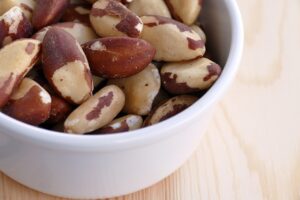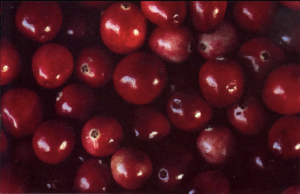Pine Trees Make Nuts?
When we first began cooking with pine nuts, we didn’t know much about where they actually came from. The pine tree wasn’t a tree that was correlated with food. Little did we know that delicious pine nuts were lurking within the pine trees as well as on the ground beneath them.
Production of The Modern Pine Nut
Pine nuts are the seeds from the inside of the pine comb. There are more than a hundred different pine trees across the world, and all of them contain seeds. However, only about a dozen of those species yield a nut worth collecting that is both tasty and large enough. All of these species grow within the Northern Hemisphere – Europe, Russia, Siberia, Central Asia, China, Korea, and North America.
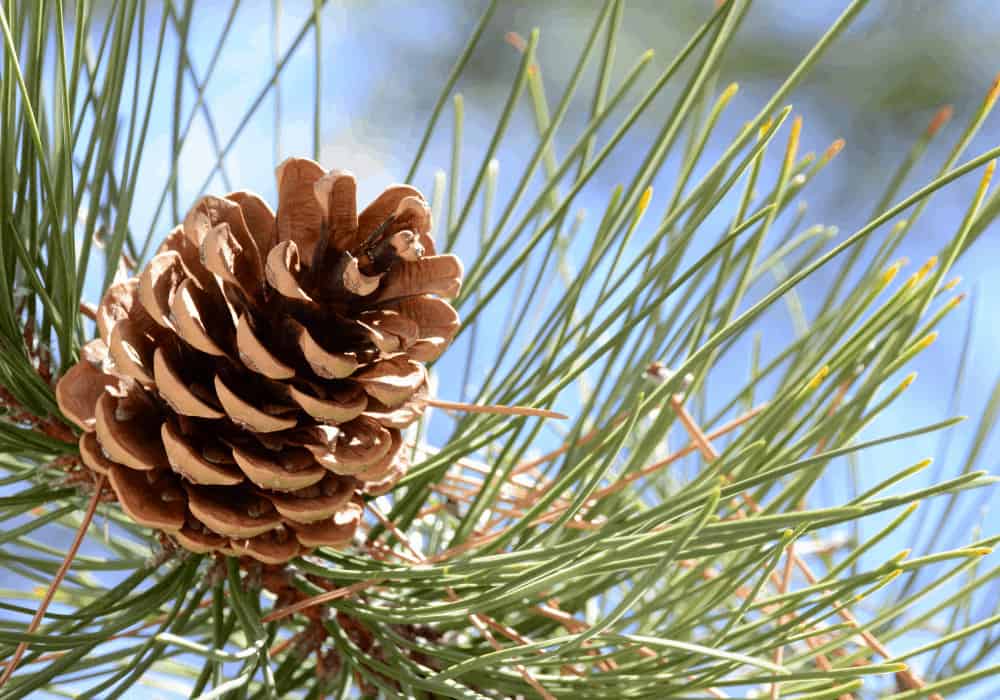
In fact, just three species yield most of the world’s commercial production. The European Stone Pine (Pinus pinea) is number one. In the second place, pine nuts from the Western Pinyon Pine (piñon) have now come to the market in the United States. Third, the Chinese White Pine (Pinus armandii) also yields a substantial and marketable crop that’s most commonly found in U.S. markets.
Little Known History of Pine Nuts
What we do know about the history of pine nuts is that they were often found in the ruined kitchens of Pompeii. There is evidence that the first Roman soldiers to explore England carried stashes of pine nuts among their provisions. Pliny The Elder looked into pine nuts too, and in this era, they were sometimes preserved in honey. Very early Greeks sometimes put pine nuts inside stuffed grape leaves and in Chinese tradition, they made sweets with them.
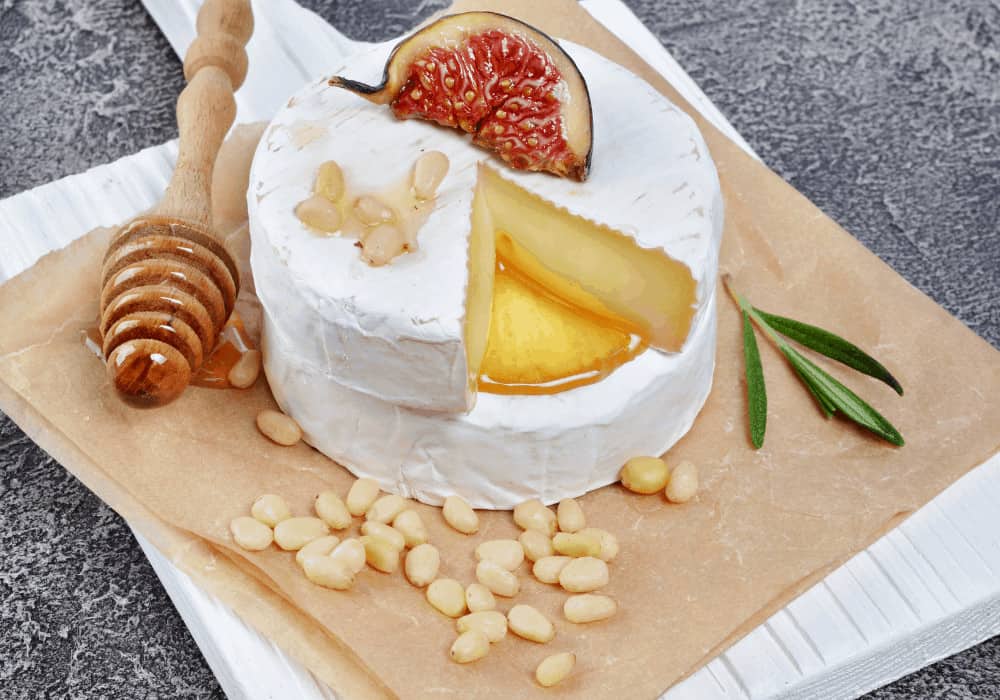
We also know that they were widely consumed by the Native Americans of the West. They were carefully gathered and shelled, often ground into meals, and then stored in crocks for the winter. Ethnobotanists have found evidence of historical pine nut consumption through the carbon dating of materials found in anthropological digs. Some from as far back as six-thousand years.
Pine Nuts in Historical Medicine
In European folk medicine, people thought pine nuts were good for gout and cataracts. In the Balkans, they were said to make those who dined on them bulletproof. Of course, we can hope that over time they learned the truth of this silly myth.
A possibly more “exciting” attribute of the pine nut is its alleged ability to perk up a sagging libido. They were even said to be Roman and Greek Viagra.
The idea was supported by several historical men. Food writer Marcus Gavius Apicius recommended a stew of pine nuts, cooked onions, white mustard, and pepper. The Poet Ovid told us to eat “the nuts that the sharp-leaved pine brings forth.” Galen, the Greek chronicler of medicines, advised taking a mixture of pine nuts, honey, and almonds for three consecutive nights. An unnamed Arab Herbalist, later in the history of pine nuts, was more specific adding, “a glassful of honey, twenty almonds, and one hundred twenty pine nuts.” Three nights of this, they wrote, will help a man “acquire vigor for coition.” Coition is another term for coitus or sexual intercourse.
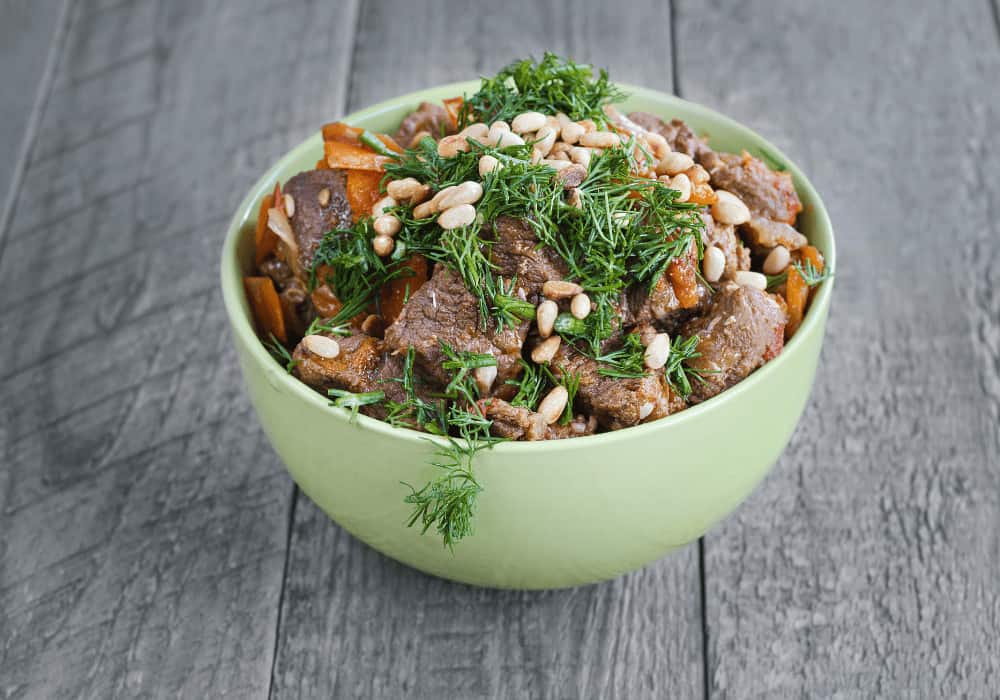
Like other tree nuts, the pine nut has a reputation for being high in fat. However, over time we have learned they have the “good” kind of fat from a health standpoint.
Harvesting The American Pine
Harvest techniques are labor-intensive, difficult, and primitive. In the United States, the collection of native pine nuts is haphazard and unorganized. The pine nut is very slow to produce, often not yielding seeds until the trees are twenty-five years old. It can take up to three years for a single pine cone to mature and it just isn’t feasible to try to create pine orchards.
There are two varieties of western species. One is a hard-shelled nut that grows in New Mexico, Arizona, and Utah. This species has to be cracked in order to collect the tender kernel. There is also the more popular, easier-to-handle soft-shelled nut that grows in Nevada. Food writer Janet Podelak mentioned being covered in pine tar by the end of a harvest. Her experience collecting for an entire day made her understand why she has to pay $20 for a single pound of them at specialty markets.
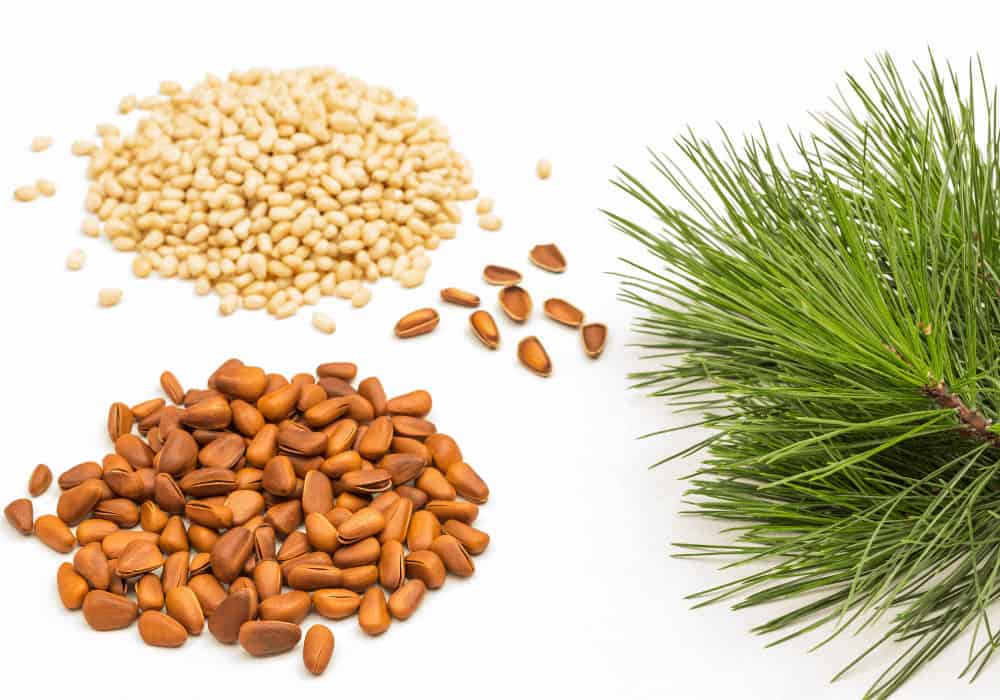
Even at the steep retail price, foragers still often find it to be too costly and time-consuming to collect them. The crop is also unpredictable. One year there could be a lot, and the next year almost none. During the disorganized harvest in the United States, it is estimated that between two and four million pounds will be gathered. In Nevada, collecting the nuts is often a family hobby. You can gather twenty-five pounds without a permit and if you gather more than that, you are considered a commercial collector.
Releasing Seeds for Consumption
The steps for getting these pine nuts to consumers are fairly simple. First, the pine cones are dried until the scales open and the seeds are loosened. The seeds are then shaken out and dried a bit more. Next, they need to be cracked and the kernels to be brushed to get rid of the thin brown covering. Finally, the white kernels are ready for pine nut lovers who are always ready and willing to pay whatever price the market demands.


